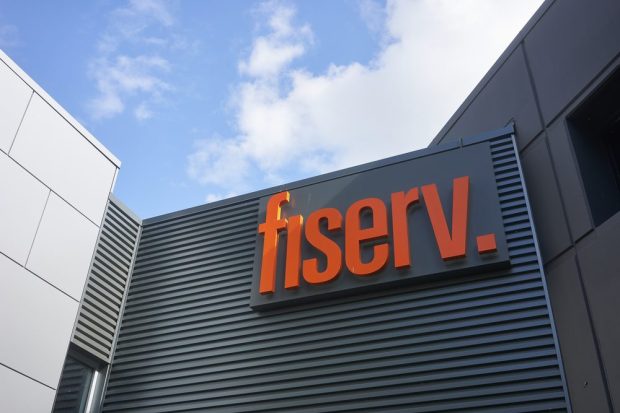Fiserv Eliminates The Wait for Physical Debit Cards

Payments firm Fiserv says it can eliminate the wait associated with new physical debit cards.
The company announced Tuesday (April 18) that its capabilities let cardholders access new or replacement cards electronically.
“Cardholders now can access a new or replacement debit card electronically, allowing them to make in-store and online purchases immediately and eliminating the need to wait for a physical card to be mailed out, received and activated,” Fiserv said in a news release.
According to the release, Fiserv has tested its digital issuance program at New Jersey’s Manasquan Bank, allowing its customers almost instant access to digital cards.
“Waiting for a physical card to arrive is an inconvenience for consumers and can lead to lost transactions for issuers,” said Rajeev Yerukalapudi, vice president, product management at Fiserv. “Consumers may switch to another card, possibly permanently, meaning the cardholder relationship could be negatively impacted.”
Issuing new cards immediately via a digital wallet meets a consumer’s needs, Yerukalapudi added, while also reducing the potential of lost spending or a fractured customer relationship.
Fiserv said cardholders could access their digital cards via a text message instructing them to set up their cards within Apple Pay or Google Pay or through the CardHub mobile app.
Research by PYMNTS earlier this year showed an increased use of digital wallets among consumers. For example, our study “Digital Economy Payments: The Ascent of Digital Wallets” found that although 38% of consumers used debit cards for their last in-store purchase, only 23% of shoppers used them online.
“Digital wallets are responsible for this gap, as they collectively represent a much higher share of online spending than in-store spending,” PYMNTS wrote.
Specific examples include PayPal making up 13.5% of total consumer online retail spend compared to just 2.7% in-store. Apple Pay, meanwhile, reached 4.3% of the total amount spent on online purchases, and Google Pay took 2.5%. Use of these payment methods fell by 50% for in-store transactions, at 1.9% and 0.8%, respectively, the study found.
Meanwhile, more recent research by PYMNTS shows that millennials have an affinity for digital wallets, although they trail their Gen Z counterparts in their willingness to try new things.
Forty-four percent of millennials surveyed say they believe mobile wallets can replace most or all features of a physical wallet.
As PYMNTS noted in its collaboration with ACI, “Mobile Wallet Challenge: Replacing Physical With Digital,” millennials consistently use the most wallet features of all age demographics, an average 8.1 per user.

